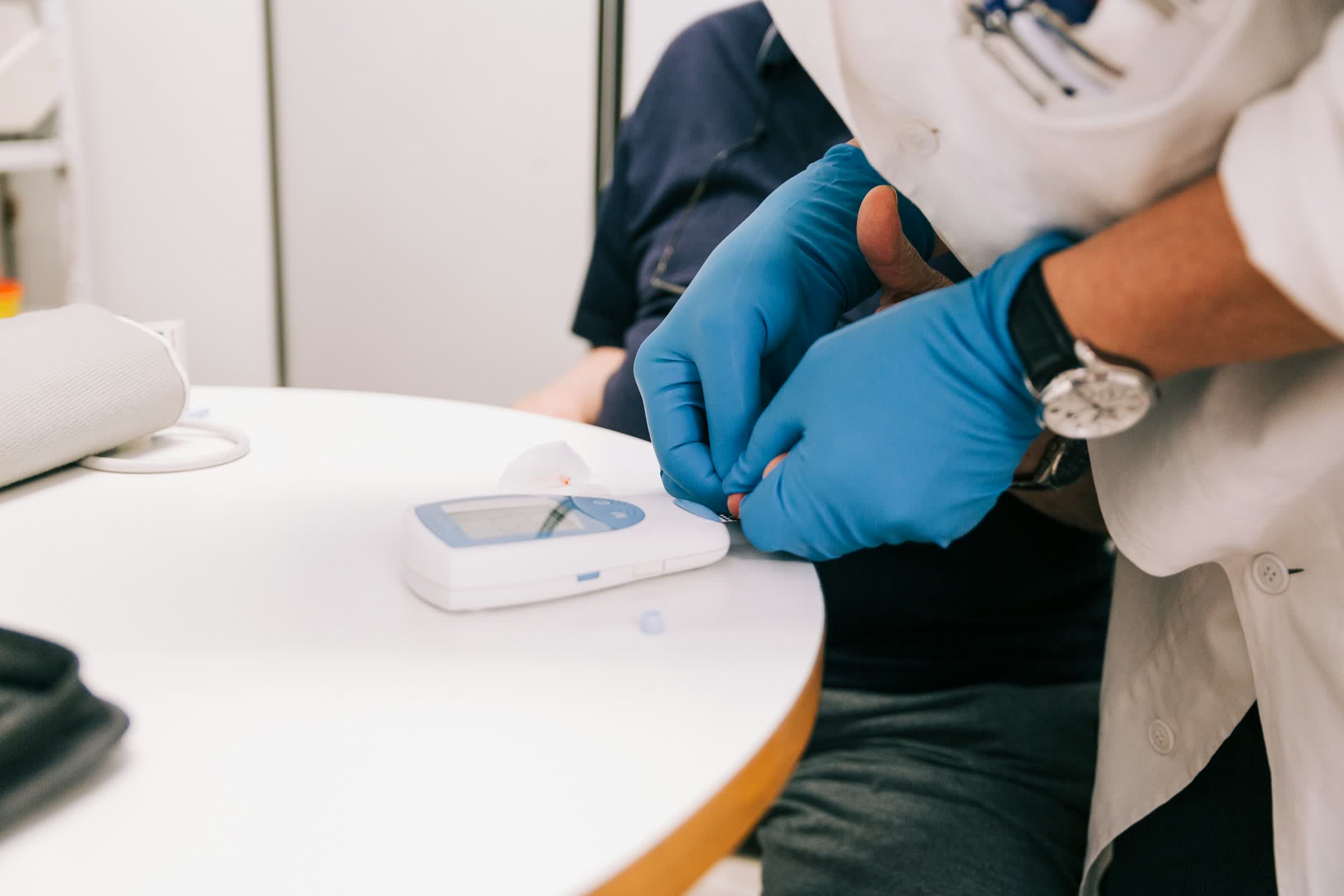What just happened? While there are many therapies available to treat diabetes, none have proven to completely reverse this disease. That may change as research from the Mount Sinai Health System and the City of Hope continues to progress. Researchers from these institutions have demonstrated a treatment that increases human insulin-producing beta cells in vivo for the first time, normalizing glucose levels in diabetic mice models. "It's very exciting to be close to seeing this novel treatment used in patients," said one of the researchers. "There is nothing like this available to patients right now."
Scientists from Mount Sinai Health System in New York City and the Los Angeles-based City of Hope, a research center for diabetes and one of the largest cancer research and treatment organizations in the US, have demonstrated a combination treatment that can increase human insulin-producing beta cells in vivo for the first time, opening the door for new treatments for people with both type 1 and type 2 diabetes. The treatment combines harmine, a natural product found in some plants, with GLP1 receptor agonists, a class of type 2 diabetes therapy.
Harmine is a natural compound found in some plants that inhibits the enzyme Dual-specificity Tyrosine-Regulated Kinase 1A (DYRK1A). This enzyme normally maintains quiescence in adult human beta cells, essentially putting the brakes on beta cell proliferation. By inhibiting DYRK1A, harmine removes these brakes, allowing beta cells to proliferate.
GLP1 receptor agonists work in conjunction with harmine to further stimulate beta cell proliferation. While these drugs don't cause beta cell proliferation on their own, they synergize with harmine to significantly boost the effect.
The combination therapy has been shown to normalize glucose levels in diabetic mouse models, outperforming either drug alone. In preclinical studies, the combination therapy rapidly reversed diabetes and increased human beta cell numbers by 700 percent in the mice over three months.
In addition, the therapy improved the beta cells' function and survival along with increasing their number. This was demonstrated through an advanced laser microscopy tool called iDISCO+ that effectively makes biological tissue transparent, showing a significant increase in beta cell mass.
"This is the first time scientists have developed a drug treatment that is proven to increase adult human beta cell numbers in vivo," said Adolfo Garcia-Ocaña, chair of the Department of Molecular & Cellular Endocrinology at the City of Hope and part of the research team. "This research brings hope for the use of future regenerative therapies to potentially treat the hundreds of millions of people with diabetes,"
The research has progressed from basic human beta cell biology through robotic drug screening and is now moving towards human studies, with Mount Sinai having completed a phase 1 clinical trial of harmine in healthy volunteers. It is now planning to initiate first-in-human trials with next-generation DYRK1A inhibitors next year.
The researchers aim to address how, in patients with type 1 diabetes, the immune system continues to destroy new beta cells. They plan to test inducers of beta cell regeneration together with immunomodulators that regulate the immune system. Their goal is for the combination to allow new beta cells to thrive and improve insulin levels.
It should be noted that there have been several long-term risks associated with the use of GLP-1 receptors, including gastrointestinal side effects, a potential increased risk of pancreatitis, an increased risk of medullary thyroid carcinomas – i.e., thyroid cancer – and acute kidney injury.
That aside, these findings represent a significant step forward in diabetes research, potentially leading to new treatments that can regenerate insulin-producing cells in patients with both type 1 and type 2 diabetes. More than 10 percent of the world's adult population has diabetes and none of the many commonly used diabetes therapies has been able to increase human beta cell numbers, making it impossible to completely reverse diabetes.

